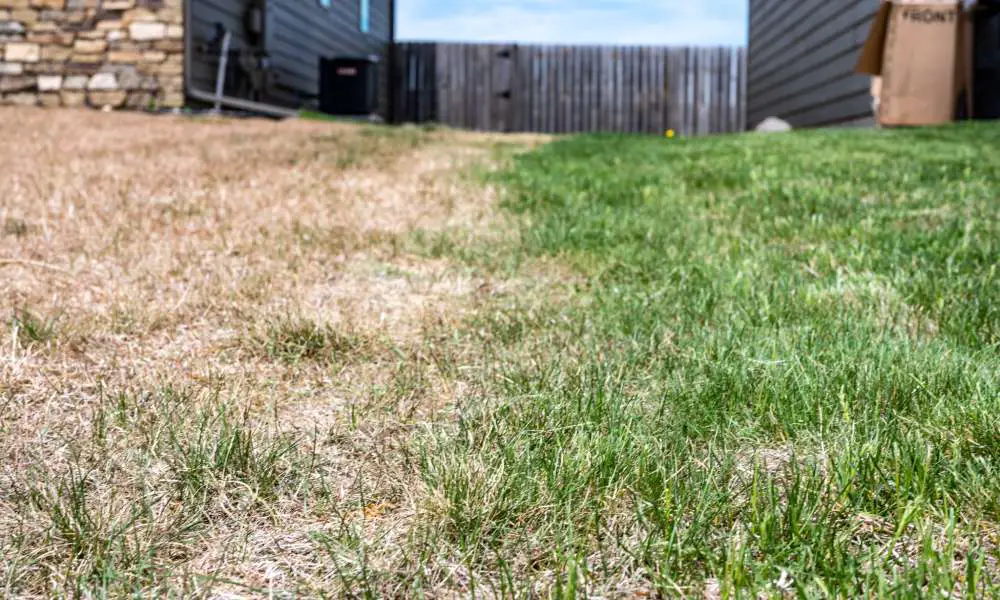

Many homeowners take pride in having a lush, green lawn, but achieving and maintaining this ideal can often be a challenging task. Despite our best efforts, various issues can plague our lawns, from unsightly brown patches to relentless weeds that seem to pop up overnight. Check out these top three lawn issues and learn what to do about them to keep your outdoor space looking its best.
Thatch, or a layer of dead grass, roots, and other organic material, can sometimes build up faster than it decomposes. This thick mat can prevent water, air, and nutrients from reaching the grassroots, leading to a stressed and unhealthy lawn.
So, how should you manage that lawn thatch? The first step is to check for thatch build-up. A layer thicker than half an inch indicates a problem. Regularly mowing your lawn, aerating it annually, and top-dressing with compost can help keep thatch in check. You might need to perform a practice called dethatching or use a power rake to remove the excess material if the problem is severe. Remember, a little maintenance goes a long way in keeping your lawn vibrant and healthy.
This issue occurs when you apply too much fertilizer or herbicide, leading to brown or yellow patches that can be quite an eyesore. The roots get overwhelmed, and the grass can’t absorb nutrients properly. Always read the labels on products and follow the recommended application rates to prevent chemical burns. It’s better to apply less than risk damaging your lawn. Thoroughly water the affected areas to help dilute the chemicals if your lawn already has chemical burns. You might need to reseed the damaged spots in extreme cases.
Poor drainage is ultimately the most common lawn issue that plagues yards everywhere. Improper drainage can lead to soggy patches that suffocate grass roots and provide a perfect breeding ground for diseases and pests. This issue often occurs in areas with heavy clay soil or in low spots where water naturally accumulates.
But what can you do about it? Start by identifying the trouble spots in your yard. Aerating these problem areas can improve drainage by creating small holes for water to flow through more easily. Adding organic matter, such as compost, can also improve soil structure, making it easier for water to infiltrate. You might need to install a more permanent solution for more stubborn drainage issues, such as a French drain, or regrade the affected area to redirect water flow.
Maintaining a pristine lawn doesn’t have to be an ongoing battle. You now know the top three lawn issues and what to do about them, so take prompt action and don’t be afraid to get a little dirty. After all, there’s nothing more satisfying than stepping back to admire a lush, green lawn that you nurtured with your two hands.
Commercial bakeries are some of the biggest powerhouse production operations in the food supply chain.…
In the modern business landscape, the significance of durable and efficient roofing solutions is often…
In today’s world, homeowners often underestimate the importance of a robust roofing system. A house…
In today’s fast-paced manufacturing landscape, online CNC machining services have emerged as a game-changer, offering businesses and…
From concrete to retaining walls, learn how full-scope outdoor construction delivers durable, beautiful results for…
Roofing is an essential component of any structure, providing protection from the elements while contributing…